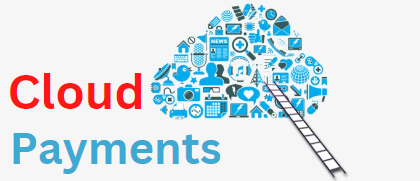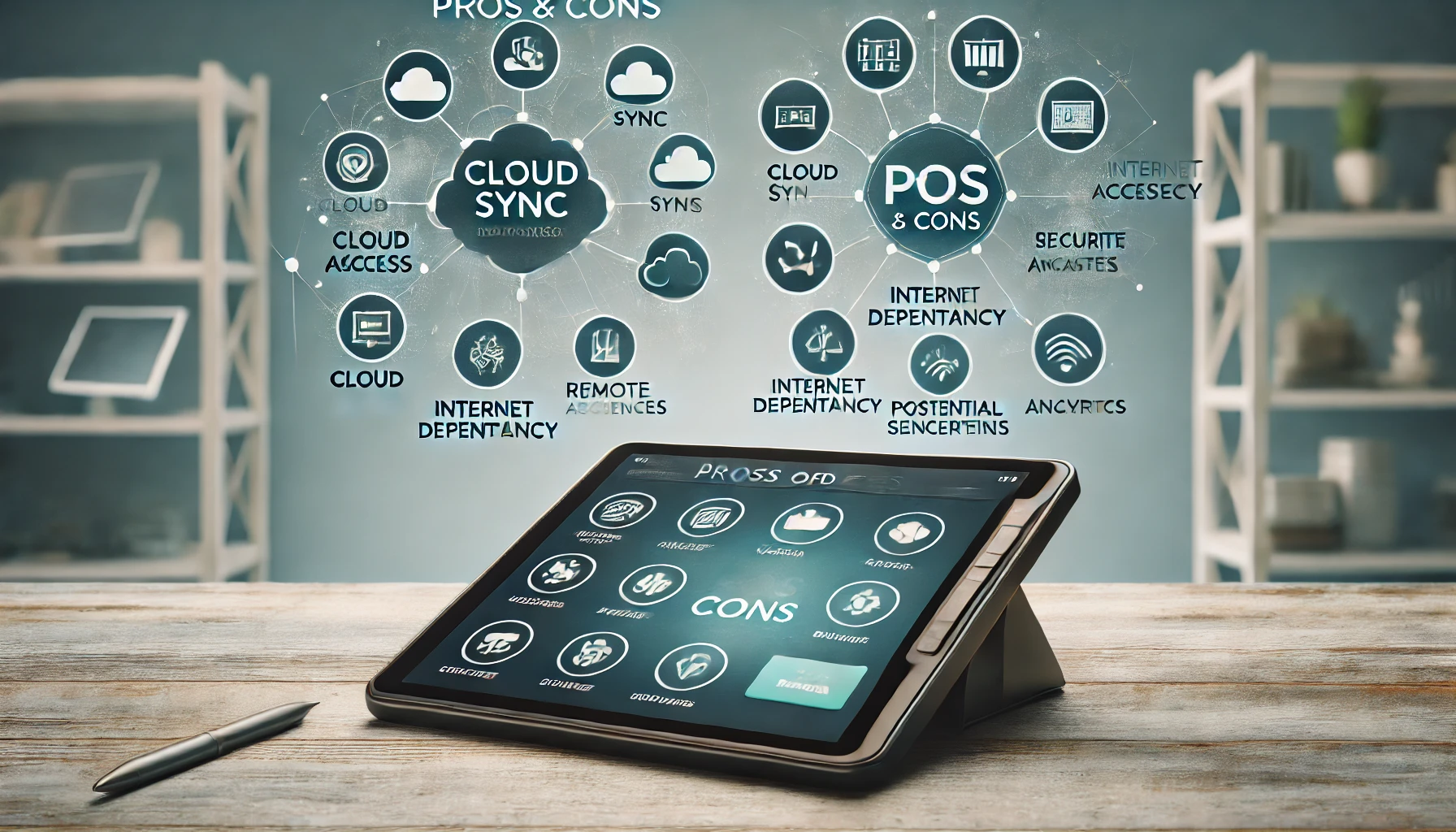Cloud Payments: A Comprehensive Guide 2024
Decisions for eCommerce businesses and payment systems are growing in 2024. However, with IT, the center is the Cloud system. Everything is incredible, and it is popular with businesses, and banks alike.
What is Cloud?
The cloud refers to a cluster of servers across the globe hosting data. Data stored means it is remotely stored in the cloud on a server, and it may be miles away. However, it offers flexibility and power access to data anywhere in the world, but a stable internet connection is mandatory. The Cloud is decentralized for over two decades and commands the attention of IT departments to banks. Precisely, it has access to data everywhere, anywhere you need it.
What are cloud payments?
Cloud computing is Software as a Service (SaaS) computing. It is a natural progression to the payments industry. Cloud payments are paid digitally through software or an app, and the opportunity is tremendous. Cloud payments are the innovation next wave, the decentralized finance. The cloud let’s make payments for online orders and credit card purchases and use any digital device. It is an omnichannel solution offering access to digital receipts and intricate sales reports.
The cloud mainly relies on five characteristics:
- Accessible through the network– It means the cloud is accessible in various ways to various customers. It is not only the internet that facilitates access. The Cloud includes a private cloud that makes it accessible through a local area network (LAN).
- On-demand deployment of self-service– The Cloud is available wherever, whenever, without human interaction between the service provider and user. The cloud features autonomous capabilities that allow downsizing resource procurement and adjusting to upsize.
- Resources pooling– Implementing a model of multi-tenant allows sharing of resources and ensures security and privacy. It works like an office building that allows multiple tenants to stay and use the same space, while they use shared resources. Yet there is secure and private space for individual tenants.
- Measured usage– Cloud resources allow customers to scale usage as they are metered. It allows for monitoring expenses and optimizing them.
- Ability to scale– The characteristic allows one to adjust quickly with cloud resources, as per needs.
Benefits of cloud payments in 2024
Cloud payment offers a seamless and flexible payment experience for customers and businesses. It boasts about the benefits and includes:
Easier integration of data
Businesses aim to get paid faster. They wish to reduce data entry work and the related reconciling of payments with ERP, CRM, and accounting solutions. The payments in the cloud system facilitate external accounting with easier integration. It offers access 7 days a week and 24 hours a day. It offers access through mobile devices to live data reports and sales. Placing orders remotely helps update prices and ensures greater efficiency. Data integration is crucial for maintaining friction-free, seamless transactions. The cloud-based systems integrate payment systems with gift cards, frequent flyer schemes, and loyalty programs to enhance customer experience. You can track payments, revolutionize your business and see the reaction.
More secure
Compliance with data security and the Payment card industry is an important criterion. The biggest concern for customers is the security of internet-based payments. The cloud-based systems are new, yet they are more secure than the physical system’s storage of data. The cloud-based systems of payment invest in assuring robust security, and they ascertain maintaining the compliance of PCI-DSS (Payment card industry data security standard). Achieving this compliance is not easy. It takes resources and expertise to enforce the measures, and now cloud-based systems of payment provide this to your benefit. It is an added benefit of keeping in the cloud your data backup.
Improved scaling
The gateways of cloud-based payment are effective considering scalability. The capital initial requirement is less, while it is scalable to implement and meet the business changing needs. Pay anytime, and the payment data is stored in the data center and managed so that capacity is never a constraint. The implementation is comfortable, and paying a higher fee slightly is enough. For businesses of medium and small sizes, the aspirations are larger. There is a major benefit as you need not implement or buy the resources. This method has benefits such as using the internet you enjoy a cloud system, and this efficiency offers excellent customer experience and data security, at a simple cost.
Top Speed
With data and analytics, better-integrated, businesses streamline and bring new offerings at top speed to the market. The data integration extends increasing the speed of products to the market. It organizes everything within the holistic system, and it is easy to manage the inventory, supply chain, and more. The cloud payment system is integrated and offers the ability to integrate with the ERPs and the management and accounting software. Thus, supply chain management, product details, and inventory are highly efficient in reaching the market and delivering products.
Greater flexibility
The biggest benefit of cloud payments is it gives more flexibility beating any other technology of point-of-sale. It is crucial for customers who look for easy-to-use technology that makes life easier and more responsive. Cloud payments or systems allow mobile devices to make payments. Using the internet, you can perform bank transactions. There is no need to withdraw and carry cash. In this way, you can save paper, and the record-keeping system as the transactions appear on the email account, and the customer device also receives the transaction details. Cloud-based payments offer added flexibility to work with traditional POS systems side by side. It also allows integrating services with other technology and Apple Pay.
Better user management
The biggest challenge is in managing logins and multiple databases. Companies look for easy and simple ways and cloud payments to work across all applications from one location. It reduces IT costs, enhances security, and improves customer satisfaction. Cloud payment system makes life easy with single sign-on. It is easy for any individual or organization. The best part of the organizations is that they pass their benefits to customers, and it is the better user management feature.











